Experiencing the K-Gastronomy Belt: Geumsan Ginseng Gourmet Tour Firsthand
- Input
- 2025-11-13 14:22:19
- Updated
- 2025-11-13 14:22:19
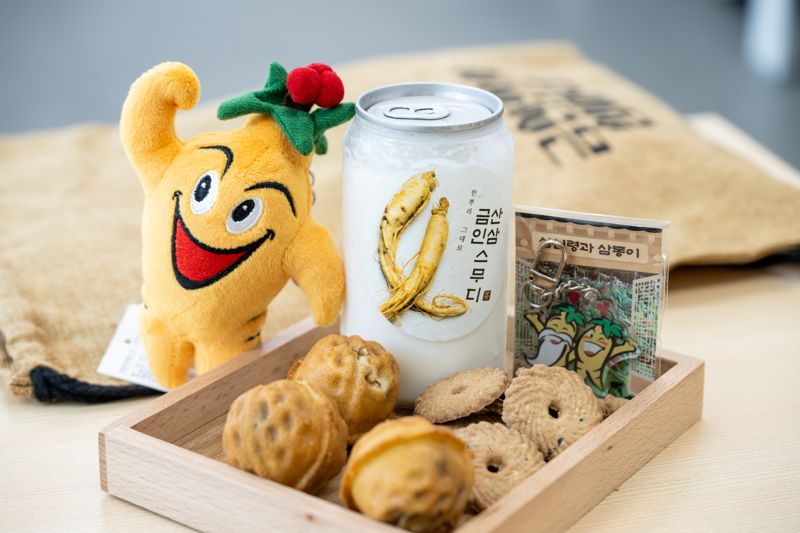
The Ministry of Agriculture, Food and Rural Affairs (MAFRA) and the Korean Food Promotion Institute have been piloting a project since last year to discover and support unique culinary tourism themes across Korea. This initiative is known as the 'K-Gastronomy Belt.' Last year, the Jang Belt project focused on Sunchang County in North Jeolla Province and Damyang County in South Jeolla Province. This year, the project has expanded to include the Ginseng Belt (Geumsan County, South Chungcheong Province), the Traditional Liquor Belt (Andong-si, North Gyeongsang Province), and the Kimchi Belt (Gwangju Metropolitan City).
The K-Gastronomy Belt also offers gourmet tour packages open to the public. The 'K-Gastronomy Belt Geumsan Ginseng Gourmet Tour,' launched in collaboration with the Chungnam Culture and Tourism Foundation and Geumsan County, debuted its first package on the 25th of last month. All 18 sessions scheduled through the end of this month have already sold out. The tour includes two ginseng cooking classes, a ginseng digging experience, transportation, and meals, all for the relatively affordable price of 68,000 KRW.
At the end of last month, I joined the 'K-Gastronomy Belt Geumsan Ginseng Gourmet Tour' departing from Seoul to Geumsan County. The itinerary included Gaesamteo, a legendary site for Geumsan ginseng, the Shinangol Corner where visitors can dig for ginseng, and the Wolyeongsan Suspension Bridge, which boasts the county’s beautiful natural scenery.
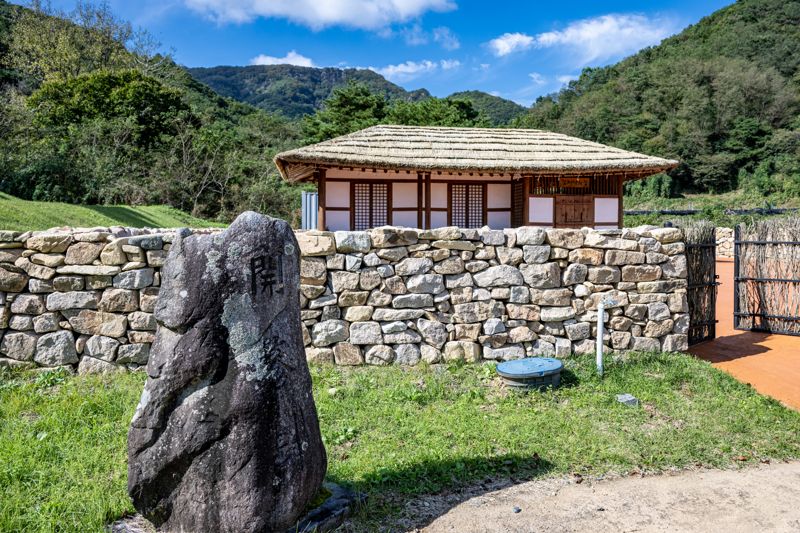
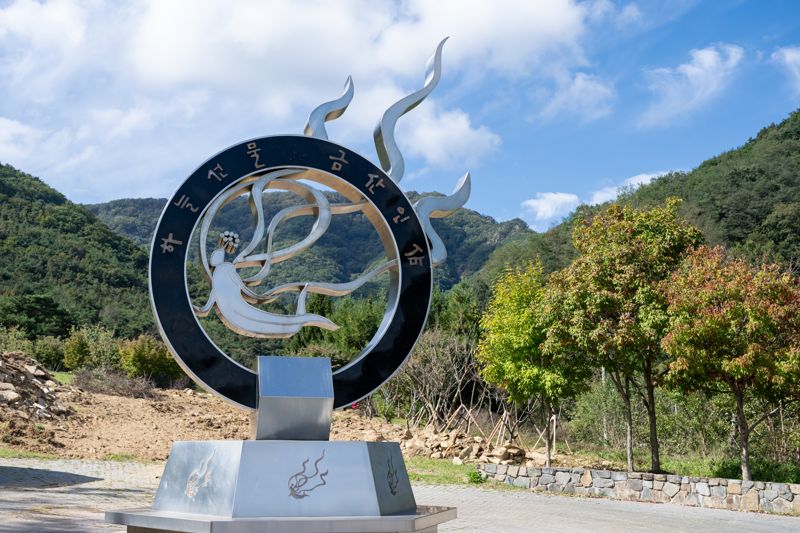
Gaesamteo, steeped in the history of Geumsan ginseng.
The first stop for travelers on the Geumsan Gourmet Tour is Gaesamteo. Located at the foot of Jinaksan (elevation 737m) in Seonggok-ri, Nam-myeon, Geumsan County, Gaesamteo literally means 'the place where ginseng sprouted.' It is recognized as the birthplace of Geumsan ginseng cultivation.
According to legend, about 1,500 years ago, a scholar with the surname Kang prayed for his ailing mother’s recovery. In a dream, the mountain spirit appeared and said, 'If you go to the cliff at Gwaneum Cave on Jinaksan, you will find a plant with red berries. Dig up its root, boil it, and give it to your mother, and she will be healed.' Following the dream’s guidance, he found the plant, and his mother’s illness was miraculously cured. He then planted the seeds in the village of Gaeean in Seonggok-ri, Nam-myeon, marking the beginning of Geumsan ginseng cultivation.
Gaesamteo features a legend park with sculptures depicting the story of Kang Cheosa, the scholar from the legend. The site also includes the birthplace of Kang Cheosa and Gaesamgak, a shrine. The Gaesamteo Monument, prominently inscribed with 'Geumsan Ginseng, a Gift from Heaven,' stands tall against the backdrop of Jinaksan, making it a popular photo spot.
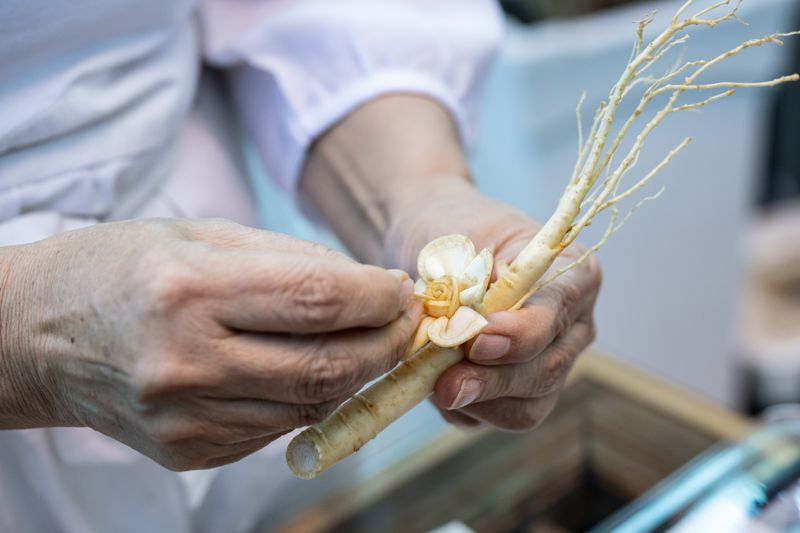

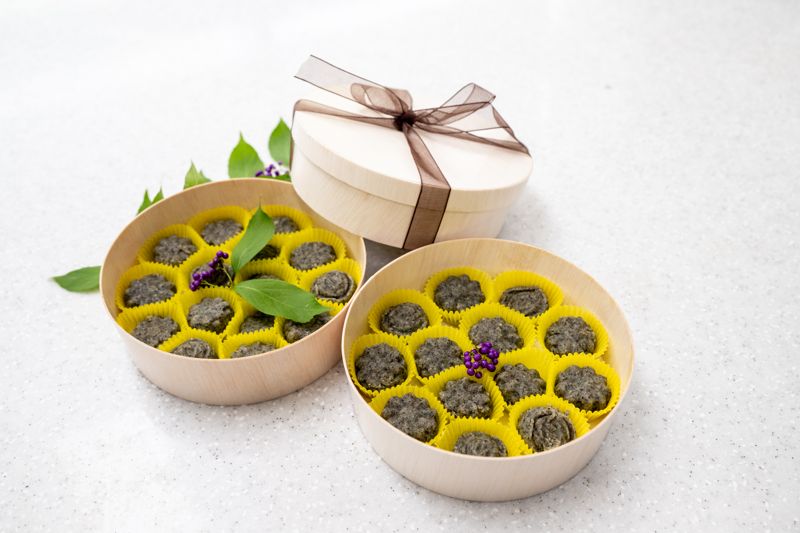
Ginseng Flower Liquor Making and Cooking Class
The tour includes two cooking classes featuring ginseng as the main ingredient, adding to the fun. The first stop is Geumsan Ginseng Liquor, where participants can make ginseng-infused liquor following a handmade recipe. Operated by Kim Chang-soo, Korea’s second designated food master, this establishment produces various types of traditional folk liquors using high-quality five-year-old ginseng. Its signature product, Geumseol, is a 100% pure grain distilled liquor blended with gold flakes and domestic rice. Other renowned products include Geumsan Ginseng Liquor, which was selected as the official toast liquor for the Asia-Europe Meeting (ASEM) in 2000, and Susam 23, which is supplied as a gift set to the Office of the President of South Korea.
Here, participants can try making 'Ginseng Flower Liquor.' This involves creating a flower shape from thinly sliced ginseng and placing it in a bottle of liquor. The finished product is packaged just like a commercial item. Participants are also offered the chance to sample three different types of ginseng liquor, allowing them to savor the fragrant and subtle flavors of Geumsan Ginseng Liquor.
At Daragwon Women's House in Geumsan, visitors can try making ginseng desserts such as energy balls and fried ginseng chips using ginseng powder. These desserts are beautifully packaged to take home as well.

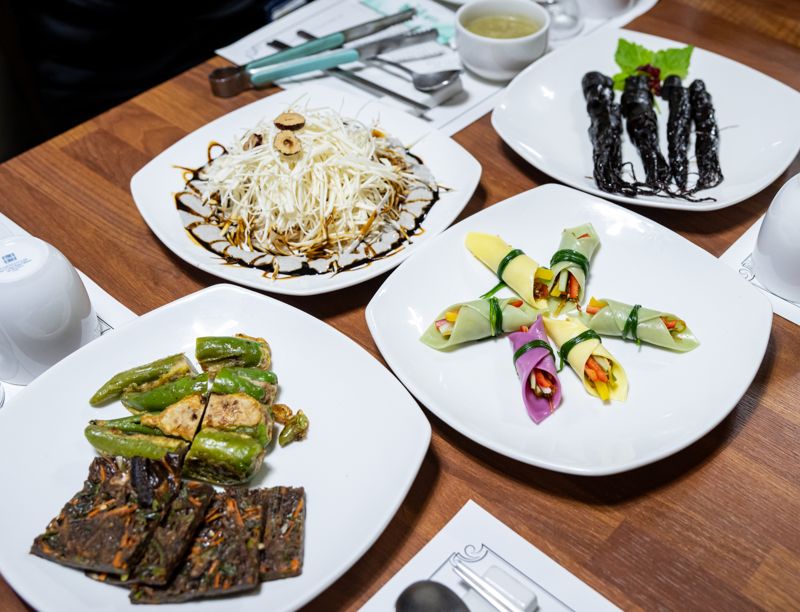

Gourmet Experience: Ginseng Baeksuk and Ginseng Korean Table d’hôte
The highlight of the tour is undoubtedly the gourmet experience. After completing the two cooking classes, the group visits Shinangol Corner Restaurant in Jewon-myeon, Geumsan County. Run by two farmer brothers, the restaurant’s signature dish is ginseng baeksuk, a traditional chicken stew simmered for over three hours in a cauldron with locally grown ginseng, ox knee, kalopanax, jujube, and garlic. The broth, rich and flavorful, is especially memorable.
Here, guests can also participate in a ginseng digging experience at the restaurant’s own ginseng field. Each participant is given a special long, thin hoe called 'sam homi.' With a few strokes through the red soil, a white ginseng root emerges. Sometimes, a particularly large root is unearthed, prompting participants to shout 'Sim-batta!' (meaning 'I found ginseng!'). The freshly dug ginseng can be taken home.
Although not included in the tour package, those wishing to try a full-course ginseng meal should visit Jomurak, a Korean restaurant in downtown Geumsan. The restaurant offers a variety of ginseng-based dishes, including ginseng jeonggwa (a traditional candied ginseng dish mentioned in the Annals of the Joseon Dynasty), ginseng tarakjuk (ginseng milk porridge), ginseng tteokgalbi (grilled short rib patties with ginseng), ginseng muchim (ginseng salad), ginseng fritters, and ginseng wrapped in bacon—dishes unique to this establishment.
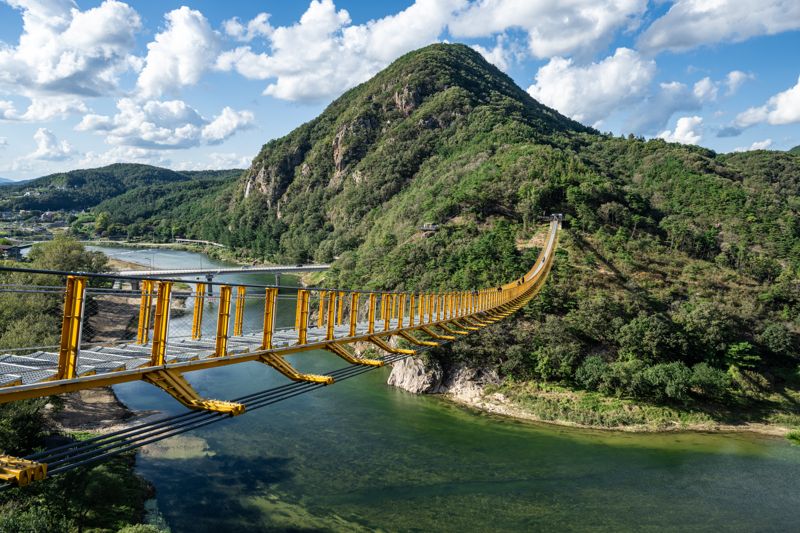
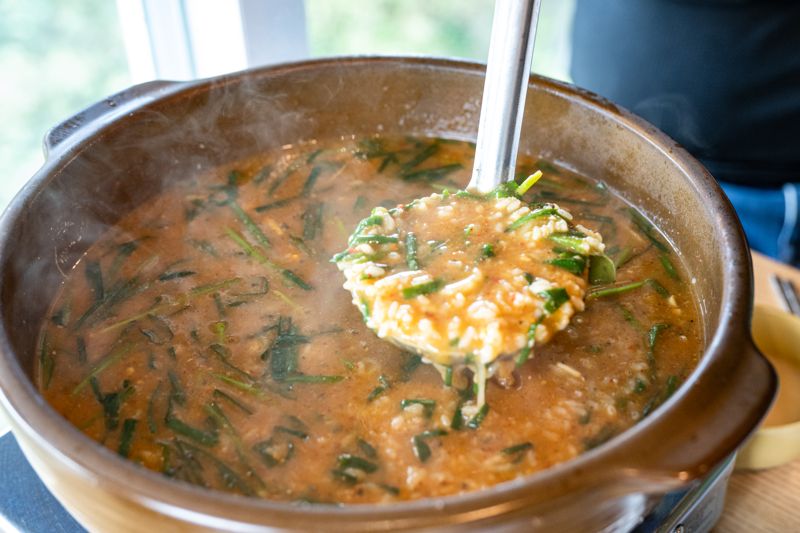
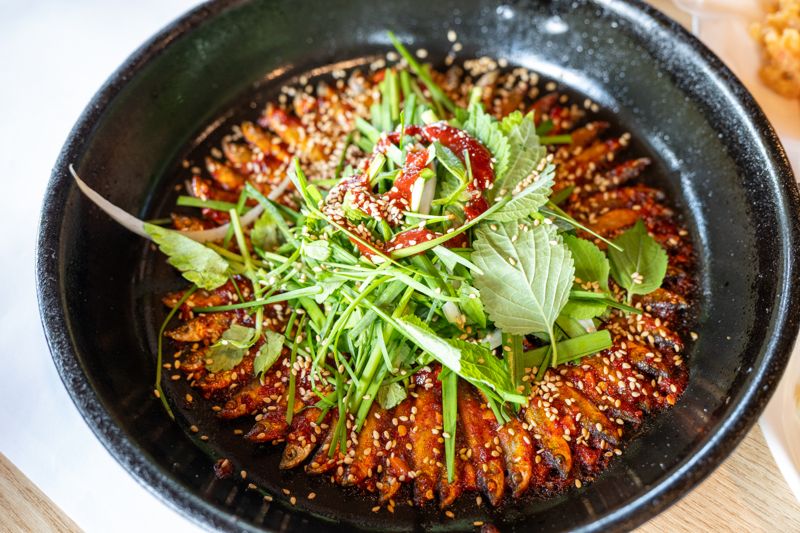

Geumsan Ginseng Market and Wolyeongsan Suspension Bridge
A must-see attraction in Geumsan is the Wolyeongsan Suspension Bridge. This 45-meter-high, 275-meter-long cable-stayed bridge connects Wolyeongsan and Bueongsan. From the bridge, visitors can enjoy panoramic views of the upper Geum River and the surrounding mountains. The bridge is a featured stop on the tour, and participants are given free time to explore the area.
Even if time is limited, it’s worth visiting the nearby restaurant district, which specializes in local dishes such as ginseng fish soup and doribaengbaengi (pan-fried fish). In particular, Namchon Garden, located by the Geum River near the Wongeol artificial waterfall, serves refreshing ginseng makgeolli (rice wine), paggassari ginseng fish soup, and icefish doribaengbaengi, delighting food enthusiasts.
The final stop of the tour is Geumsan Ginseng Market. Geumsan is the primary market for 70–80% of all ginseng produced nationwide. In addition to the Geumsan Ginseng Museum, the area is home to the Geumsan Ginseng International Market, Geumsan Fresh Ginseng Center, Geumsan Herbal Medicine Department Store, and traditional markets, where visitors can purchase a variety of ginseng and medicinal herbs at reasonable prices.
[email protected] Jung Soon-min Reporter